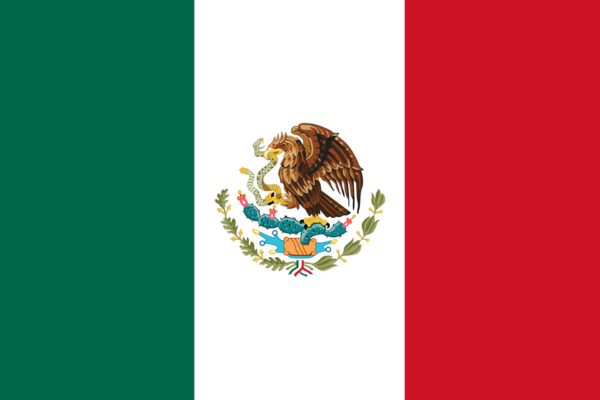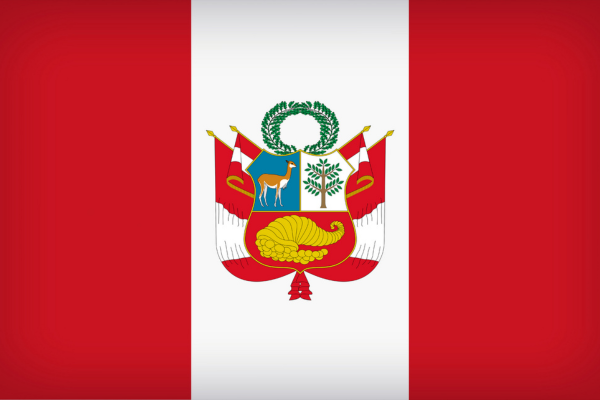General
PPR Plumbing System
Multilayer plumbing System
RIIFO Multilayer Pipe, also called PAP, the high-quality RIIFO Multilayer Pipe for drinking water and heating installations consist of inside and outside layers of cross-linked polyethylene and a core of aluminium. All layers are permanently bounded together by means of intermediate adhesive layers to form a single product. A special welding technique guarantees a maximum of safety.
RIIFO Multilayer Pipe unites the advantages of plastic and metal pipes. The inner and outer layers of cross-linked polyethylene provide flexibility and lightness. The smoothness of the inner cross-linked polyethylene layer reduces flow noise transmission and prevents corrosion. The longitudinally overlapped welded aluminium layer ensures the dimensional stability of the pipe and prevents oxygen penetration. The aluminium layer is also crucial for the strength and the thermal expansion of the pipe. With the permanent bond between the cross-linked polyethylene layers and the aluminium layer, the linear expansion of the pipe is determined by the expansion factor of the aluminium which roughly corresponds to that of a metal pipe. RIIFO Multilayer Pipe offers a high degree of flexibility and durability, combining with high pressure and temperature resistance.
PEX Plumbing System
They all meet the same performance standard, but their manufacturing processes are completely different.
PEX A. Peroxide method-It involves introducing peroxide (a form of oxygen) into HDPE before forming HDPE to achieve the highest degree of cross-linking.
PEX B. Silane method-It is the most common manufacturing method.
PEX C. Irradiation method- It is not as widely applied as the first two methods.
Underfloor Heating System
Comfort: The entire floor is heated, so the warmth is released evenly. That means the situation of extremely hot or cold will not occur.
Low operating cost: Compared with a radiator heating system, RIIFO Underfloor Heating System can cover more area in a room. If installed correctly, the underfloor heating system can help you save energy and save monthly bills.
Design freedom: UFH systems are invisible because they are hidden under the floor, making them ideal for open living.
If your floor heating system is not warming up, then you should check a few simple things.
-Check if the flow meter and return valve are turned on.
-Check whether the temperature control valve (if installed) is operating normally. If the actuator valve is turned on and the pump and boiler are working, please check the flow and return ball valves on the manifold (multi-zone manifold).
-Air may be trapped in the pipe and stay there, cau
PVC Drainage System
The flame resistance of a material is measured with Limiting Oxygen Index (LOI), which is the percentage of oxygen required to maintain the flame in the surrounding atmosphere.
It is generally believed that LOI<22% are flammable materials, LOI 22%-27% are combustible materials, and LOI>27% are flame-retardant materials. The LOI of rigid PVC pipe is around 45, which is a flame-retardant material.
Gas Piping System
First, you need to confirm that your local regulations allow concealed installation of gas pipelines.
Concealed multilayer composite pipe should comply with the following provisions.
(a) Concealed part should not have joints;
(b) Pipes must be covered after passing the airtightness test, and the thickness of the cover layer should not be less than 10mm.
(c) The concealed part should have obvious signs indicating the location of the pipeline, or other safety protection measures.
The nominal outer diameter of the concealed pipe should not be greater than 25mm, and the height of the concealed horizontal pipe buried in the wall from the ground should be taken below 0.45m or above 1.8m.
When the pipe crosses the concrete roof, ground, wall and other parts, it should be pre-drilled or pre-buried casing according to the design requirements with the civil construction, and the inner diameter of the hole or casing should be 30mm~40mm larger than the outer diameter of the pipe.
PVC Conduit
No. RIIFO PVC pipes and fittings are not suitable for applications exposed to direct sunlight. The surface of the pipe will lose its luster and develop into chalking.
Exposure of PVC to the ultraviolet components of the sun will cause the PVC molecules on the exposed surface to permanently transform into a complex structure represented by polyene formation. It can cause discoloration of the catheter, which is commonly known as "ultraviolet discoloration" and "ultraviolet degradation".




















